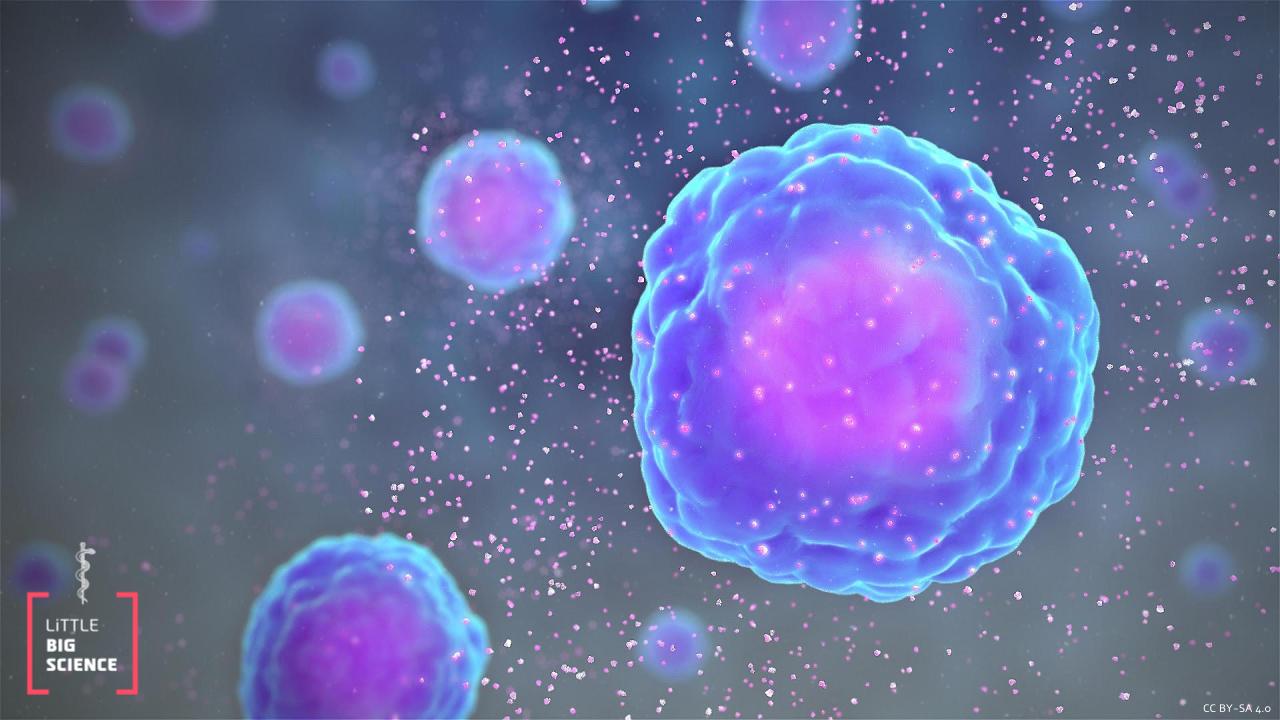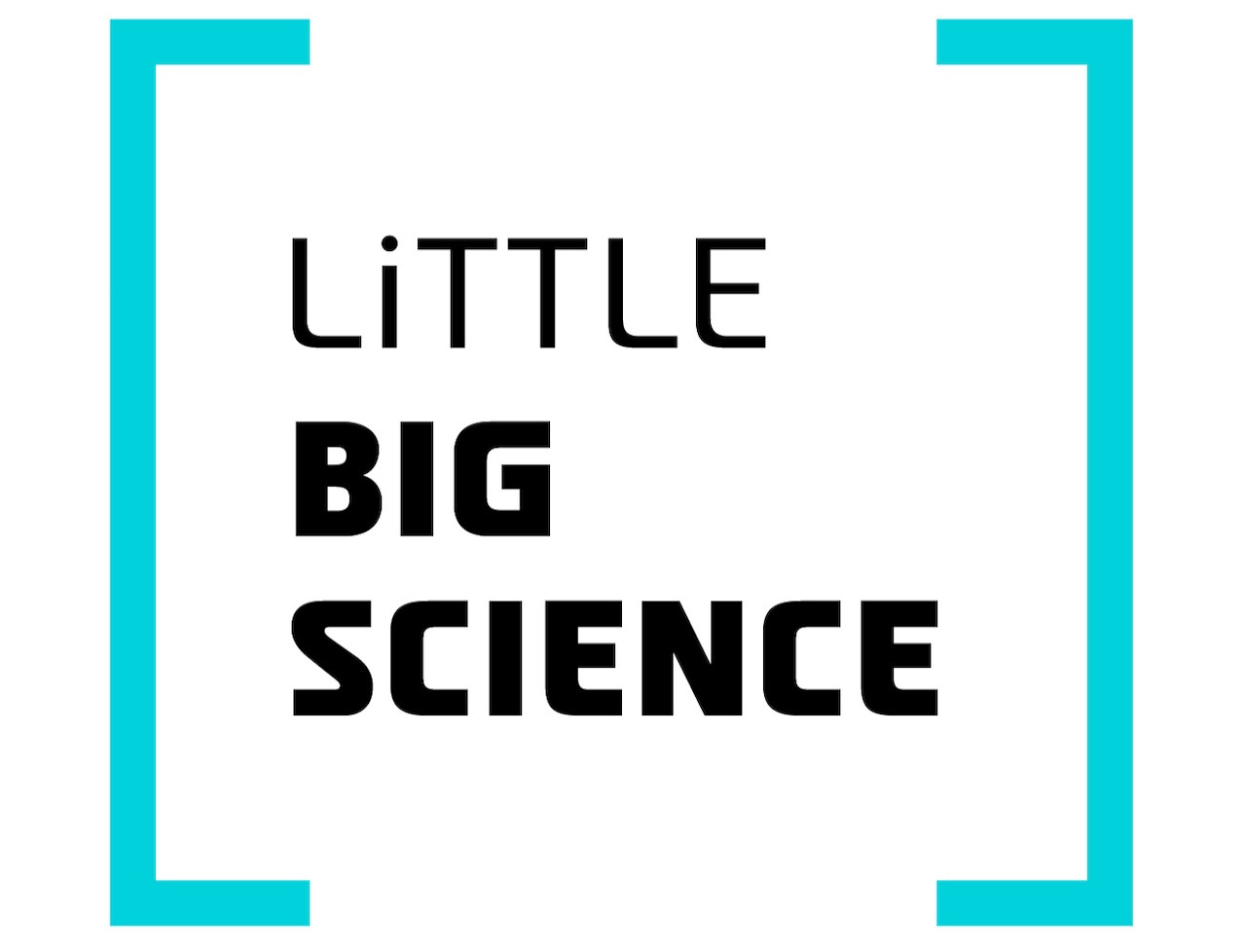
The immune system usually protects us from foreign agents, including viruses, yet there are conditions in which its activity spirals out of control. One manifestation of this is a phenomenon called "cytokine storm", which is also observed in COVID-19. It can damage various organ systems and is sometimes implicated in a form of respiratory failure known as ARDS. Understanding the mechanisms that drive immune hyperactivity and the deterioration of lung function may pave the way toward better treatments for severe acute COVID-19.
Advertisement
COVID-19 broke out in the city of Wuhan, Hubei Province, China in late 2019, and within a few months had spread to most parts of the world. The disease was declared a global pandemic; consequently, restrictions were imposed on a large portion of the world’s population, and our way of life changed significantly.
People infected with COVID-19 usually experience symptoms such as fever, cough, shortness of breath, fatigue, and muscle aches. The condition of most patients is classified as mild, and they recover from the virus. Some, however, cannot overcome the symptoms without medical care. Among them, a portion of severe cases deteriorate to respiratory failure known as acute respiratory distress syndrome—ARDS. This situation can arise when the virus damages the lung alveoli. In addition, respiratory failure in COVID-19 often appears alongside an overactive immune response called a cytokine storm. COVID-19 patients who reach ARDS require hospitalization and respiratory support (ventilators). ARDS also appeared as a complication of SARS and MERS, caused by previous outbreaks of other coronaviruses. This complication can even lead to the patient’s death [1–3].
One of the first severe COVID-19 cases diagnosed with pneumonia was a 33-year-old woman who worked in Wuhan. She was treated with a protein called interferon, whose role is to stimulate the immune system to fight the virus. The rationale was that if the patient was in severe condition, the virus must be destroying lung cells and the immune system needed to be activated to attack it. After three days of treatment, the patient’s condition did not improve; instead, it deteriorated markedly [4]. This was one of the first hints of the complexity of immune activity in COVID-19, especially in severe cases.
Our immune system excels at handling viruses. When it detects a virus-infected cell, a cascade of events begins, involving messengers in the form of protein molecules called cytokines. These messengers summon immune cells to kill the virus-infected cells, preventing its spread—this is the inflammatory process. Inflammation is essential for combating the virus, but if it gets out of control it can severely damage healthy tissue. Therefore, the timing and efficiency of ending the inflammatory process are crucial. What happens when cytokines act beyond what is needed and keep signaling the presence of the virus? The inflammation then does not subside, causing organ damage. An extreme case of uncontrolled inflammation is called a cytokine storm—a phenomenon described in several diseases and life-threatening conditions. In a cytokine storm there is an excessive amount of cytokines that recruit more and more immune cells. These cells reach vital organs and kill even the healthy cells within them [5–6].
A cytokine storm is one of the complications of COVID-19 and of other viral diseases, including SARS and MERS caused by other coronaviruses. Uncontrolled inflammation can damage vital organs and even lead to death. In COVID-19 patients, the cytokine storm is usually focused in the lungs and surrounding tissues, although there is evidence that it spreads to additional systems. It may be one of the factors causing severe lung injury that leads to respiratory failure, ARDS. In fact, in some severe COVID-19 cases, the cytokine storm and ARDS appear simultaneously, presumably exacerbating each other and jointly complicating the patient’s condition [3,5,7]. To diagnose a cytokine storm, typical symptoms can be combined with blood tests measuring cytokine levels, yet the diagnosis can be complex [6]. Returning to the COVID-19 patient treated with interferon, it is plausible that she suffered from an overactive immune response. Therefore, stimulating the immune system is not always appropriate in such cases.
Understanding the mechanisms underlying a disease is also the key to finding treatment. Hundreds of clinical trials involving COVID-19 patients are currently underway [8]. Some aim to develop therapies that address the immune system’s overactivity. Existing immunosuppressive drugs, usually prescribed for autoimmune diseases (conditions in which the immune system attacks the body itself), are being evaluated. Among these are drugs that neutralize cytokines involved in the lethal cytokine storm and sometimes in ARDS. The guiding principle in studies testing immunosuppressive drugs for COVID-19 treatment is not to suppress the immune system too much, but rather to restore its delicate balance. In other words, the goal is to direct the immune response to act precisely to the proper degree.
Now, about four months after the outbreak of the coronavirus in China, the world’s eyes are on researchers, hoping they will soon discover a cure for the COVID-19 pandemic. One of the first steps in the quest for a therapy is recognizing that our immune response to the virus can sometimes be the cause of the complications seen in severe cases. This principle may therefore serve as an important direction for research and treatment.
English editing: Elee Shimshoni
References:
- CDC report on COVID-19 symptoms and treatment, April 2020
- Review article on COVID-19 and its symptoms – Coronavirus: Update Related to the Current Outbreak of COVID-19, 2020
- Article on the involvement of cytokine storm and ARDS in COVID-19 – The Role of Cytokines including Interleukin-6 in COVID-19-induced Pneumonia and Macrophage Activation Syndrome-Like Disease, 2020
- Article describing the Wuhan patient case – CT Imaging of the 2019 Novel Coronavirus (2019-nCoV) Pneumonia, 2020
- Article presenting evidence of cytokine storm in COVID-19 patients
- Article on diagnosis and management of cytokine release syndrome – Current Concepts in the Diagnosis and Management of Cytokine Release Syndrome, 2014
- On the possible involvement of cytokine storm in COVID-19 – COVID-19: Consider Cytokine Storm Syndromes and Immunosuppression, 2020
- List of COVID-19 clinical trials, U.S. ClinicalTrials.gov







